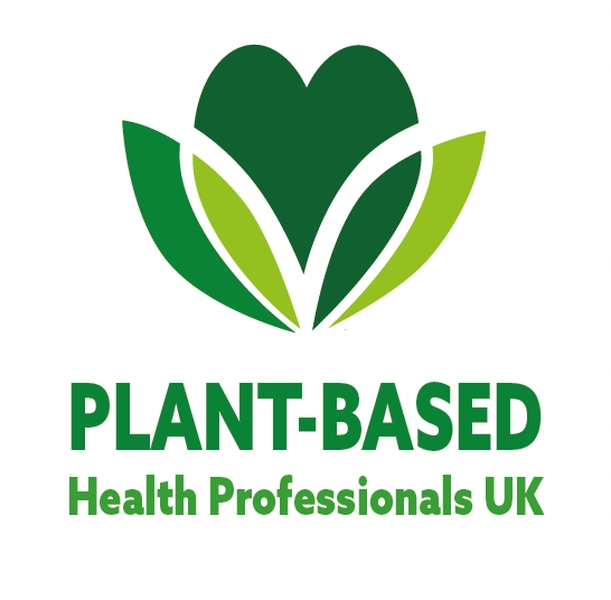Low carb plant-based diet – what to eat?
by Dr Sue Kenneally
Low carbohydrate diets are attracting a lot of publicity and a large following from the general public currently. There seems to be an ongoing debate both in the medical literature and at conferences pitting ‘low carb high fat’ against ‘vegan’ (or plant-based), but the reality is that it’s perfectly possible to eat a low carbohydrate high fat plant-based diet, so there doesn’t need to be any form of division on these grounds.
What is a low carbohydrate diet?
Let’s start by defining what a low carbohydrate diet is; many people make the mistake of believing that it’s a ‘no carbohydrate’ diet, which usually isn’t the case at all, but on this basis it is widely believed that a low carbohydrate diet isn’t possible on a plant-based diet because almost all plant foods contain at least some form of carbohydrate, making a diet containing zero carbohydrate impossible on a plant-based diet; this is correct, but the aim of a low carbohydrate diet isn’t to eliminate carbohydrates completely. There are different categories of low carbohydrate diet.
A very low carbohydrate diet typically contains less than 10% of carbohydrate, or 20-50 grams of carbohydrate per day, while a low carbohydrate diet contains less than 26% carbohydrate or less than around 130 grams per day.
What can you eat on a low carb, plant-based diet?
It is true that almost all plant foods contain carbohydrate, so the challenge when eating a low carbohydrate plant-based diet is to ensure that you consume enough calories by choosing plant foods that contain the lowest carbohydrate content. Let’s have a look at some examples of these:
VEGETABLES: artichokes, asparagus, aubergine, broccoli, brussels sprouts, cabbage, cauliflower, celery, courgettes, cucumber, garlic, green beans, kale, leeks, lettuce, mushrooms, onions, peppers, pumpkin, radishes, soya beans, spinach, tomatoes
FRUITS: avocado, blackberries, olives, raspberries, strawberries
PROTEIN/FAT: almonds, almond milk, brazil nuts, chia seeds, flax seeds, hazelnuts, hemp seeds, macadamia nuts, pecans, pine nuts, pumpkin seeds, sesame seeds, soy milk, sunflower seeds, tempeh, tofu, walnuts, yoghurt
PASTA: made from edamame beans or pea protein
FLOURS: made from any of the sources of protein/fat.
DIPS: hummus, salsa, guacamole
CONDIMENTS/FLAVOURS: chilli powder, cinnamon, cocoa, herbs, mustard, pesto (vegan version), spices, tomato puree, vinegar, vanilla extract
Coconut is low carbohydrate but should be consumed in moderation as it contains saturated fat. Oils are also all generally low carbohydrate but are not strictly recommended on a whole food diet as they are a processed food. A small amount of oil occasionally for a particular favourite recipe probably does no harm for most people. Nut butters are similar to oil, but there are some available that are minimally processed and contain no oil; these can also be consumed in moderation.
Created low carb plant-based meals
So how do we turn that list of ingredients into appetising meals? Food should still be thoroughly enjoyable on any eating plan! Essentially, it’s about combining healthy plant-based proteins with low carbohydrate fruits and vegetables. Reducing your carbohydrate intake down to around 80g per day is relatively straightforward; it shouldn’t be necessary to reduce it further than that but it’s possible with some creative thinking if need be! Here are some ideas, but there are countless ways to make delicious meals, and one of my top tips is to get particularly creative with herbs, spices, mustard and vinegar for savoury dishes, and vanilla extract and cinnamon for sweet dishes!
BREAKFASTS
Green smoothie made from your choice of leafy greens
Chia seed pudding – my favourite is 100ml almond milk, 2 tablespoons of chia seeds, a handful of raspberries, a teaspoon of vanilla extract and cocoa powder added to taste, usually 1-2 teaspoons. Add to a mini blender or use a stick blender to achieve desired consistency.
Silken tofu berry bowl – blend up a block of silken tofu with some vanilla extract and cinnamon and add generous servings of your favourite berries
Protein smoothie – half a block of silken tofu, 200ml soy milk, 1 tsp of vanilla extract, 1 tsp of minimally processed nut butter, cocoa powder to taste
MAIN MEALS
Leafy green salad with tofu, tempeh, nuts, seeds, hummus, guacamole. My favourite dressing is 1 tsp of vegan pesto or a dressing made from a mixture of vinegar and mustard in roughly equal quantities
Soups made from low carb veggies, for example sauteed mushrooms, onions and garlic blended with vegetable stock, black pepper and a splash of almond milk
Tofu satay made with firm tofu, minimally processed peanut butter, garlic, lime juice and water, served with stir fry (minimal oil) low carb veggies
Tofu seasoned with any spices, oven roasted and served with asparagus, broccoli and cauliflower
SNACKS
Nuts
Seeds
Olives
Hummus, guacamole or salsa with low carb veggie sticks
Berries in vegan sugar free yoghurt
Berries with chocolate dipping sauce (made from a combination of peanut butter, cocoa powder, vanilla extract and a splash of water)
A SMALL(!) quantity of high-quality dark chocolate
A typical day of low-carb meals
So, a typical day might contain a silken tofu berry bowl for breakfast, a large green salad with mustard vinaigrette dressing and hummus for lunch, seasoned tempeh and vegetables for dinner and snacks if need be during the day of olives or hummus with celery and pepper crudites. Berries with chocolate dipping sauce for a dessert, and a couple of squares of dark chocolate for good measure! If you get the portion sizes right – and they can be pretty generous – you can achieve all of this on 80g of carbohydrate and 100% fabulous taste! Enjoy………………
References
Oh R, Gilani B, Uppaluri KR. Low Carbohydrate Diet. [Updated 2021 Jul 12]. In: StatPearls [Internet]. Treasure Island (FL): StatPearls Publishing; 2021 Jan-. Available from: https://www.ncbi.nlm.nih.gov/books/NBK537084/
Photo source: Unlsplash (the image presents vegan mozzarella)
